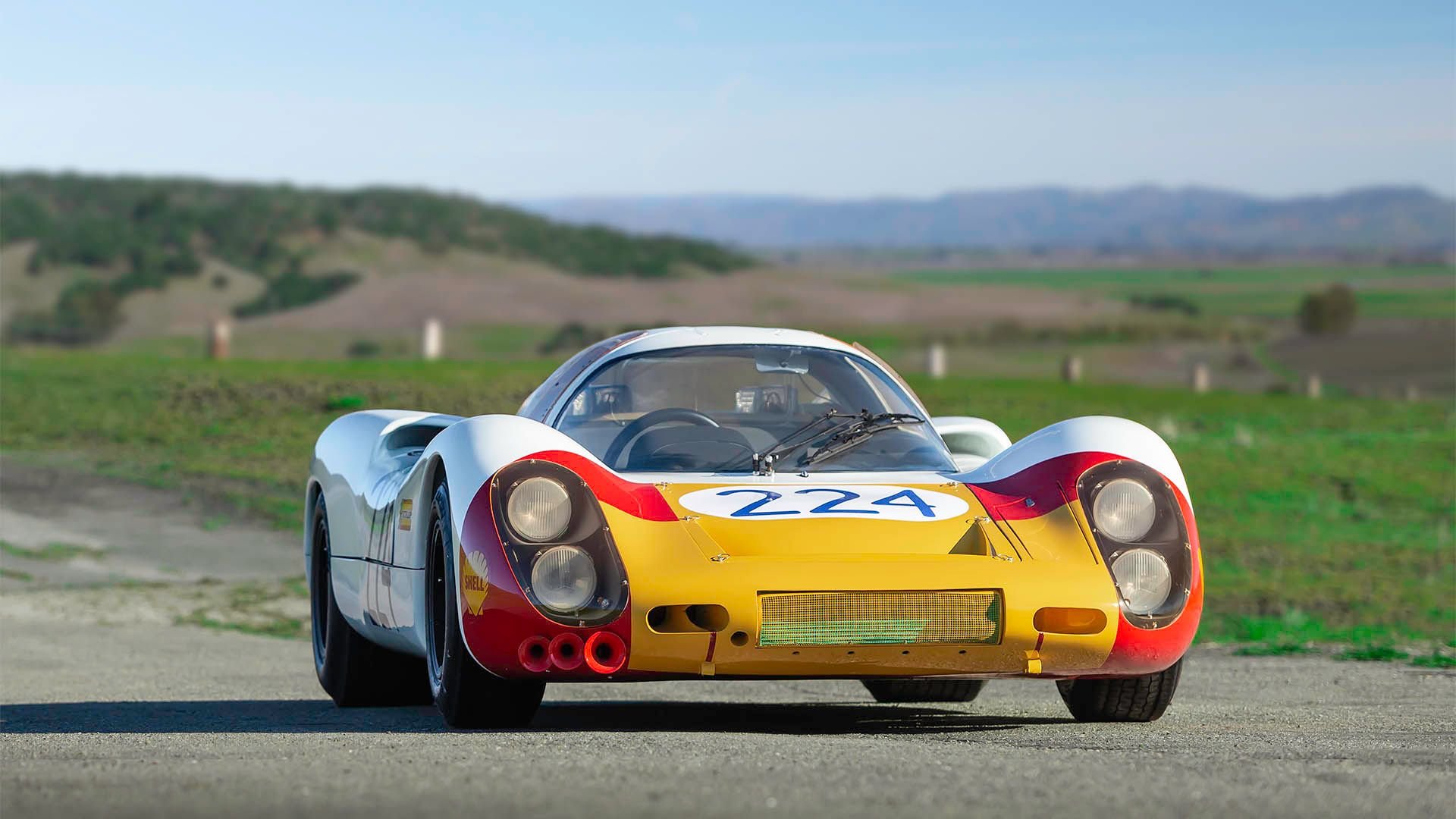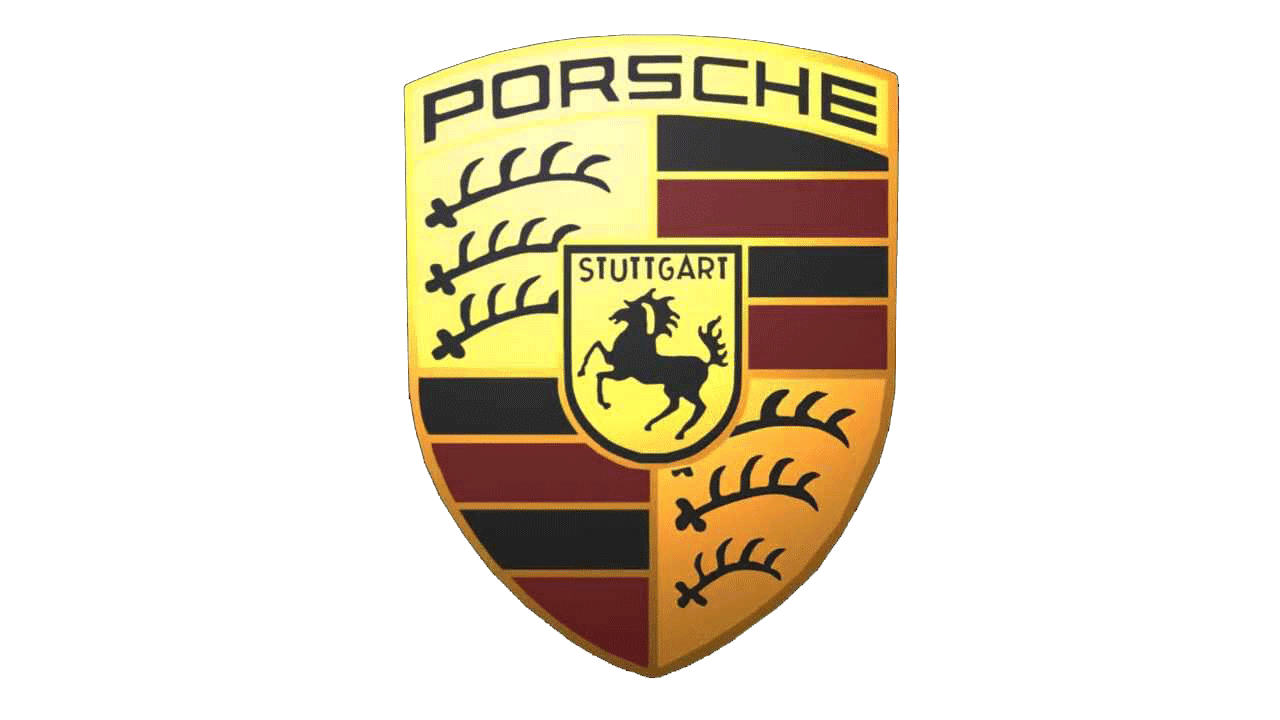1968 Porsche 907

The descriptions of the Classic Cars in the Directory were partly generated or supplemented with the help of artificial intelligence (AI). The content may occasionally not always be entirely accurate or factually correct despite careful checking.
The Porsche 907 is a racing car that first debuted in 1967 and gained worldwide recognition that same year when it secured a victory at the 24 Hours of Daytona. However, it was the 1968 season where the Porsche 907 truly shone, taking home overall victories at legendary races such as the 24 Hours of Le Mans and the Targa Florio.
The Porsche 907 was designed by Ferdinand Piech, Ernst Fuchs, and Hans Mezger, and it reflected their innovative approach to engineering. The body of the Porsche 907 was made of fiberglass and Kevlar, which helped to keep the total weight of the car to around 1,430 pounds. Additionally, the car was fitted with a lightweight tubular frame chassis for maximum structural rigidity.
Under the hood, the Porsche 907 boasted some of the most advanced and cutting-edge technology of the time. The car was powered by a flat-eight, air-cooled engine that was capable of producing up to 275 horsepower. This engine was paired with a five-speed manual gearbox and a limited-slip differential, which helped to channel all that power to the rear wheels.
One of the most impressive features of the Porsche 907 was its suspension. The car was the first Porsche racing car to utilize a double-wishbone suspension system, which allowed for incredible handling and control. This was further enhanced by the use of an adjustable anti-roll bar and a set of powerful disc brakes on all four corners.
The Porsche 907 was also one of the first racing cars to feature an aerodynamic design, with a large rear wing that helped to increase downforce and improve stability at high speeds. The car was also fitted with a set of aerodynamic side skirts, which helped to reduce drag and improve maneuverability on the racetrack.
Overall, the Porsche 907 was a revolutionary racing car that set new standards for performance, handling, and technology. Thanks to its advanced engineering and cutting-edge design, it remains a beloved classic among racing enthusiasts today.
Milestones
- Developed by Porsche in 1967 for endurance racing - First raced in the 1967 24 Hours of Le Mans, but did not finish due to a mechanical issue - Won the 12 Hours of Sebring in 1968, driven by Vic Elford and Jochen Neerpasch - Dominated the 1968 International Championship for Makes, winning six out of ten races to take the overall title - Featured a lightweight fiberglass body and a 2.2-liter flat-six engine, producing up to 275 horsepower - Had a top speed of over 180 miles per hour - Proved to be the last Porsche prototype to use a flat-six engine; future cars would switch to a turbocharged flat-four engine - Helped establish Porsche as a leader in endurance racing and paved the way for future successful models, such as the 917.Technical
• Engine: 2.2-liter flat-eight air-cooled engine • Power: 240 horsepower • Top speed: 170 mph • Weight: 1400 lbs (635 kg) • Wheelbase: 2,300 mm (90.55 in) • Length: 4,350 mm (171.26 in) • Height: 1,000 mm (39.37 in) • Width: 1,800 mm (70.87 in) • Body material: Fiberglass-reinforced plastic • Gearbox: 6-speed manual transmission • Suspension: Four-wheel independent suspension with double wishbones and coil springs • Brakes: Four-wheel disc brakes • Fuel capacity: 120L (31.7 gallons) • Competition history: Won the 1968 24 Hours of Daytona and 12 Hours of Sebring.